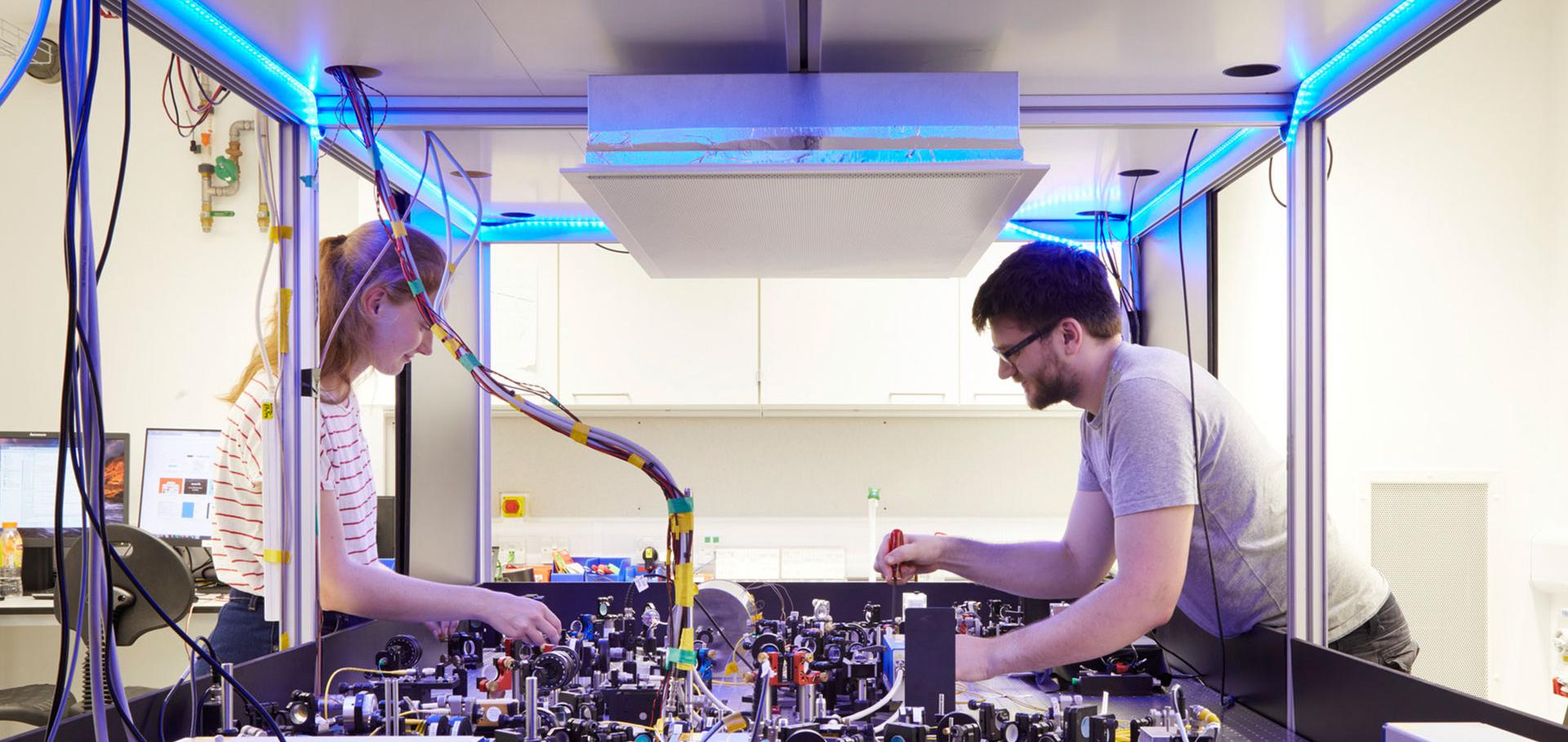A history of high-power laser research and development in the United Kingdom
High Power Laser Science and Engineering Cambridge University Press 9 (2021) e18
Abstract:
The first demonstration of laser action in ruby was made in 1960 by T. H. Maiman of Hughes Research Laboratories, USA. Many laboratories worldwide began the search for lasers using different materials, operating at different wavelengths. In the UK, academia, industry and the central laboratories took up the challenge from the earliest days to develop these systems for a broad range of applications. This historical review looks at the contribution the UK has made to the advancement of the technology, the development of systems and components and their exploitation over the last 60 years.Observations of pressure anisotropy effects within semi-collisional magnetized plasma bubbles.
Nature communications 12:1 (2021) 334
Abstract:
Magnetized plasma interactions are ubiquitous in astrophysical and laboratory plasmas. Various physical effects have been shown to be important within colliding plasma flows influenced by opposing magnetic fields, however, experimental verification of the mechanisms within the interaction region has remained elusive. Here we discuss a laser-plasma experiment whereby experimental results verify that Biermann battery generated magnetic fields are advected by Nernst flows and anisotropic pressure effects dominate these flows in a reconnection region. These fields are mapped using time-resolved proton probing in multiple directions. Various experimental, modelling and analytical techniques demonstrate the importance of anisotropic pressure in semi-collisional, high-β plasmas, causing a reduction in the magnitude of the reconnecting fields when compared to resistive processes. Anisotropic pressure dynamics are crucial in collisionless plasmas, but are often neglected in collisional plasmas. We show pressure anisotropy to be essential in maintaining the interaction layer, redistributing magnetic fields even for semi-collisional, high energy density physics (HEDP) regimes.Laser produced electromagnetic pulses: generation, detection and mitigation
High Power Laser Science and Engineering Cambridge University Press (CUP) 8 (2020) e22
Petawatt and exawatt class lasers worldwide
High Power Laser Science and Engineering Cambridge University Press (CUP) 7 (2019) e54
Counterpropagating Radiative Shock Experiments on the Orion Laser
Physical Review Letters American Physical Society (APS) 119:5 (2017) 055001


